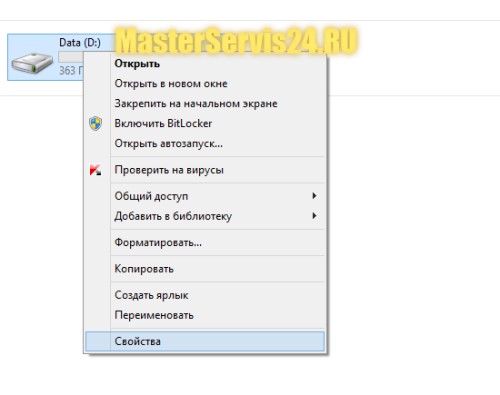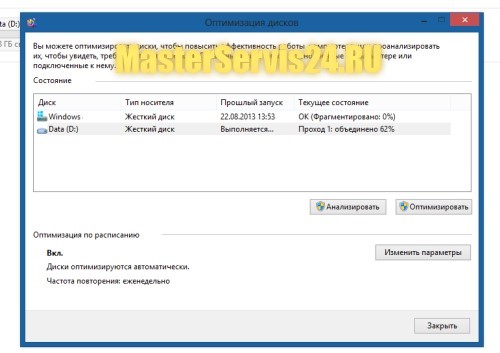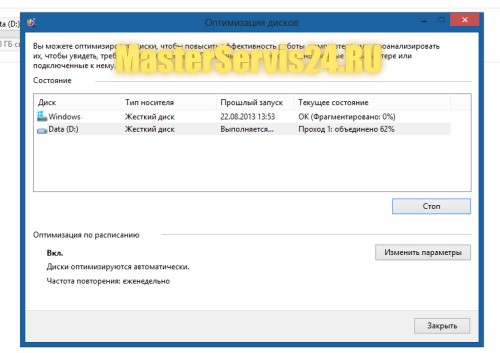Why is defragmentation needed? How to defragment a disk?
Few of our readers know, much less have used, such a useful procedure as disk defragmentation. In this article we will try to tell you about why you need to defragment and how to do it.
Why is disk defragmentation needed?
Before talking about the defragmentation process, it’s worth saying a few words about why disk defragmentation is needed at all. As you know, data on hard disk partitions is written sequentially, everything seems to be fine, but there is one problem. When you delete files, empty space is left in sequentially written areas. When creating and copying new files, they are partially copied into the “empty areas” that contained the files that we deleted. The recorded files do not completely fill the empty areas, and as a result, in each such area there remains quite a lot of empty and “useless” space, which is displayed as occupied. If you consider that deleting and writing new files happens very often, you can imagine how much free space is lost.
Disk defragmentation “presses” the recorded files on the hard drive towards each other, thereby freeing up free space on the partition. It is important to note that defragmentation is a data-safe procedure. Site experts recommend defragmenting once every 2-3 months or every time you don’t have enough free space on a certain partition of your hard drive. Now let's look at how to defragment a disk in pictures, with a step-by-step description of this process.
How to Defragment a Disk
Defragmenting a disk is quite simple. Let's look at an example of defragmenting a disk in Windows 8. Before defragmenting, remove unnecessary files from the partition you want to defragment and empty the Recycle Bin. To defragment, right-click on the desired hard drive partition and select “Properties”.

In the window that opens, select the “Tools” tab and click on the “Optimize” button in the “Optimization and disk defragmentation” section.

A window with disk optimization settings will appear in front of you. Select the desired section and click on the “Analyze” button.

After analysis, click on the “Optimize” button to defragment this partition.

The duration of this process will depend on the fullness of the disk and the number of free areas.
The process status will be displayed as a percentage in the "current status" line. After you have defragmented, close the windows and continue working on your computer.







